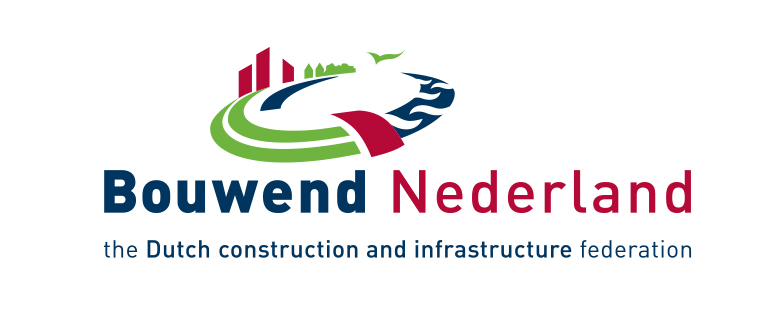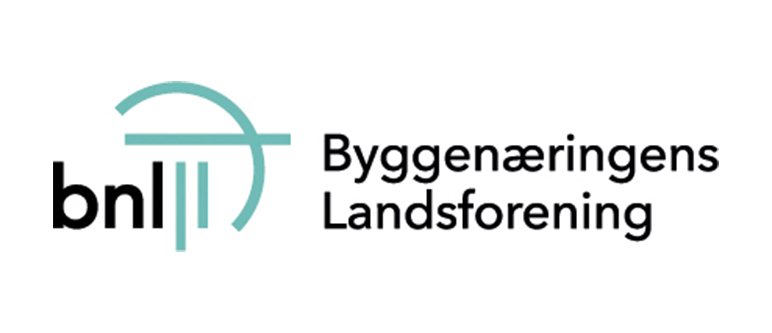Overall construction activity
Italy’s 2019 GDP remains 4.1% below its pre-crisis 2007 peak. The construction sector, which accounts for 8% of GDP and engages almost 90% of all the economic sectors could offer a fundamental contribution to growth. Yet, the sector is struggling to recover from the deep crisis that, over the last decade, has caused the loss of almost 640,000 jobs and the closure of 130,000 companies. The timid signs of economic recovery registered in 2019 are far from being sufficient to consider the crisis over. The estimate by the National Association of Italian Constructors (ANCE) for 2019 overall construction investment suggests a 2.3% increase in real terms, thanks to the continued positive trend in private residential and non-residential building and the long-awaited appearance of the first positive signs in civil engineering, following years of Government actions to foster investments. However, these early signs of recovery may be insufficient to guarantee a trend reversal. Only housing rehabilitation and maintenance (R&M), which at present accounts for roughly 37% of the overall construction investment, is keeping its growth pace (+23.5% in 2019 compared to 2018) A further possible driver of the sector’s structural recovery are the tax deductions introduced with the Budget Law for 2018 for post-quake reconstruction (‘sisma bonus’).
Housebuilding
ANCE estimates that investment in housebuilding increased by 1.9% in real terms in 2019. This result is a direct consequence of the recovery in new housebuilding investment (+5.4% in 2019) that started in 2017, following years of severe decline. The trend reversal in new housebuilding investment is connected to the positive trend in construction permits started over three years ago. According to ISTAT, the number of constructions permits, Notice of Commencement of Building (DIA, in Italian), and Certified Notifications of Commencement of Building (SCIA, in Italian), both for new constructions and extensions, increased by 25% in the period 2016-2018. At the same time, investments for the R&M of the existing housing stock are continuing their positive trend (+0.7%).
GDP 2019
BILLION
POPULATION 2019
Total investment in construction in 2019
BILLION
Non-residential construction
Private investments in non-residential building marked a further increase of 2.5% in 2019. The estimate takes into consideration the notably positive trend in non-residential building permits that started in 2015. However, in the first quarter of 2019 a first setback was registered, with a decrease of 7.9% in terms of surface area of new building permits issued. The slowdown is confirmed by data on mortgage-secured loans issued for non-residential building in the first three quarters of 2019, that declined by 30% on an annual basis, following the substantial increases of the previous years.
Civil engineering
The measures implemented by the Government over the last few years in support of public investments in civil engineering works appear to finally be showing an impact as, according to ANCE’s estimates, the level of investment has increased by 2.9% in 2019. This encouraging trend is accompanied by the positive course of calls for tenders in civil engineering that started three years ago: the market value of calls for tenders issued in 2019 increased by +25.7%, while their number decreased by 4.8% in the same period. This boost in values was driven by major infrastructure projects, which, in 2019, accounted for 30% of all public works. Positive factors include several measures in support of civil engineering works included in recent years’ Budget Laws. In particular, the Programme for municipal investment, the so-called ‘Spanish Plan’, providing for a yearly allocation of 500 million euro, has proven to be quite effective for rapidly using resources and restarting stalled building sites for the reconstruction of earthquake-stricken areas in Central Italy. On the negative side, factors working adversely are the delays in the implementation of planned works by big contracting agents such as the Autonomous State Owned Company of National Roads (ANAS) and the Italian State Railways Group (‘Ferrovie dello Stato’), the enduring difficult economic conditions of some larger companies that are delaying the start and progress of important works, as well as the chronic difficulties in the use of allocated resources that make civil engineering works’ completion times extremely long.
| Per cent variation of investment in real terms on previous year | |||||||
| investment Mln. € fixed prices | |||||||
| Sectors | 2019a | 2016 | 2017 | 2018 | 2019a | 2020b | |
| 1. | Building | 110,634 | -0.7 | 2.0 | 2.4 | 2.2 | NA |
| 1.1. Housebuilding | 62,669 | -1.7 | 1.8 | 1.5 | 1.9 | NA | |
| 1.1.1. New | 16,931 | -9.3 | 7.7 | 4.5 | 5.4 | NA | |
| 1.1.2. R&M | 45,739 | 1.0 | 0.0 | 0.5 | 0.7 | NA | |
| 1.2. Non residential (c) | 47,965 | 0.6 | 2.3 | 3.5 | 2.6 | NA | |
| 1.2.1. Private | 40,156 | 1.9 | 4.2 | 4.9 | 2.5 | NA | |
| 1.2.2. Public | 7,809 | -4.7 | -6.0 | -3.2 | 2.9 | NA | |
| 2. | Civil Engineering | 14,351 | -4.7 | -6.0 | -3.2 | 2.9 | NA |
| (1 + 2) | Total Construction | 124,985 | -1.3 | 1.0 | 1.7 | 2.3 | NA |
| a: estimate - b: forecast - c: incl. R&M | |||||||
| Number of building permits in residential construction | |||||||
| 2016 | 2017 | 2018 | 2019a | 2020b | |||
| single dwelling | 10,221 | 10,474 | 10,983 | NA | NA | ||
| collective dwelling | 6,004 | 6,769 | 6,991 | NA | NA | ||
| other types of dwelling | NA | NA | NA | NA | NA | ||
| Total | 16,225 | 17,243 | 17,974 | NA | NA | ||
| (Collective dwellings and other types of buildings: in number of flats) | |||||||



































